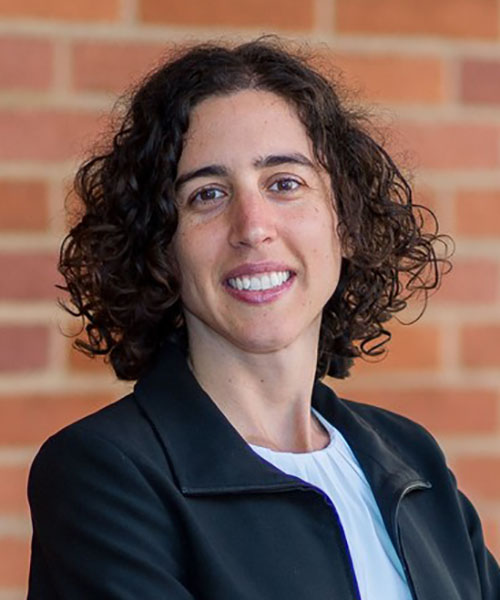
Supporting employees’ all-around wellness
Sacramento Credit Union named a two-time Healthiest Employer of Sacramento.
In 2015, Aletha Hickey realized Sacramento Credit Union's employees were sedentary during work hours and wanted to do something to get them healthier.
“I did not have a vision of all of us becoming marathon runners, but wanted to get us more active,” says Hickey, vice president of human resources at the $638.5 million asset credit union. “That’s how it all started.”
Six years later, Sacramento Credit Union was recognized as the Healthiest Employer of Sacramento in the small company category for the second year in a row thanks to its wellness program and efforts to support employees’ physical, mental, emotional, and financial well-being.
The process began with Hickey contacting Michal Rinkevich, vice president of wellness services at the benefits consulting company McGriff. Hickey and Rinkevich put their heads together to figure out what Sacramento Credit Union employees needed to become healthier and happier.
The credit union launched its program in 2016 with small steps that included monthly wellness articles and a 10-minute lunch walk on the first Friday of each month. Rinkevich says the slow, step-by-step rollout was intentional, as it takes time and strategy to change behavior in a long-lasting, sustainable way.
The wellness program has grown year over year. The walk-at-lunch campaign became a daily trek. Other offerings now include a monthly theme and newsletter, virtual guided meditations, a wellness portal, lunchtime webinars, healthy cooking demos, and company-wide challenges that encourage healthy competition.
But people aren’t wired the same, so Rinkevich and Hickey have worked to create offerings for everyone. Most aspects of the wellness program have a 60% participation rate, with a 45-50% participation rate in the challenges.

‘There’s a lot that makes up who we are as individuals and employees, and we look for ways to support all of that.’
Michal Rinkevich
The high participation rate is due in part to regularly seeking employee input. Sacramento Credit Union conducted a survey prior to launching the program and followed up with several “pulse check” surveys. Taking employee input into account generates buy-in and commitment, Hickey says, while scalable programs make participants feel like they are progressing in the right direction.
“I love hearing from the employees,” Hickey says. “My vision needs to be in sync with employees’ needs and wants. One survey response was, ‘You’ve done great with physical wellness, but what about financial wellness?’ The next year, we incorporated that into our wellness calendar.”
The focus on financial wellness has grown in recent years, as has the importance of mental health.
“The COVID-19 pandemic revealed some major mental health issues that I hope we’ll collectively pay attention to,” Rinkevich says, noting that financial well-being and musculoskeletal issues are also becoming more common in wellness programs. “There’s a lot that makes up who we are as individuals and employees, and we look for ways to support all of that. It’s not just, ‘you need to eat well, sleep, and exercise.’ You also need to have a sense of calm and belonging, and feel connected.”
The pandemic required Sacramento Credit Union to adjust the program due to an initial decrease in participation as staff started working from home.
The credit union eventually grew the wellness program by addressing pandemic-related issues and adding virtual offerings, including guided meditation sessions via WebEx. It recorded all virtual events so employees can access the sessions at any time.
Even when the pandemic eventually ends, Sacramento Credit Union plans to provide wellness resources to employees, who Hickey and Rinkevich view as the credit union’s biggest competitive advantage.
“The moment we take care of our people, everything changes,” Rinkevich says. “Yes, you’ll improve employees’ health and well-being. But you’ll also impact culture, productivity, and retention, and create a sense of pride in the organization. You’ll make your credit union a better place to work.”